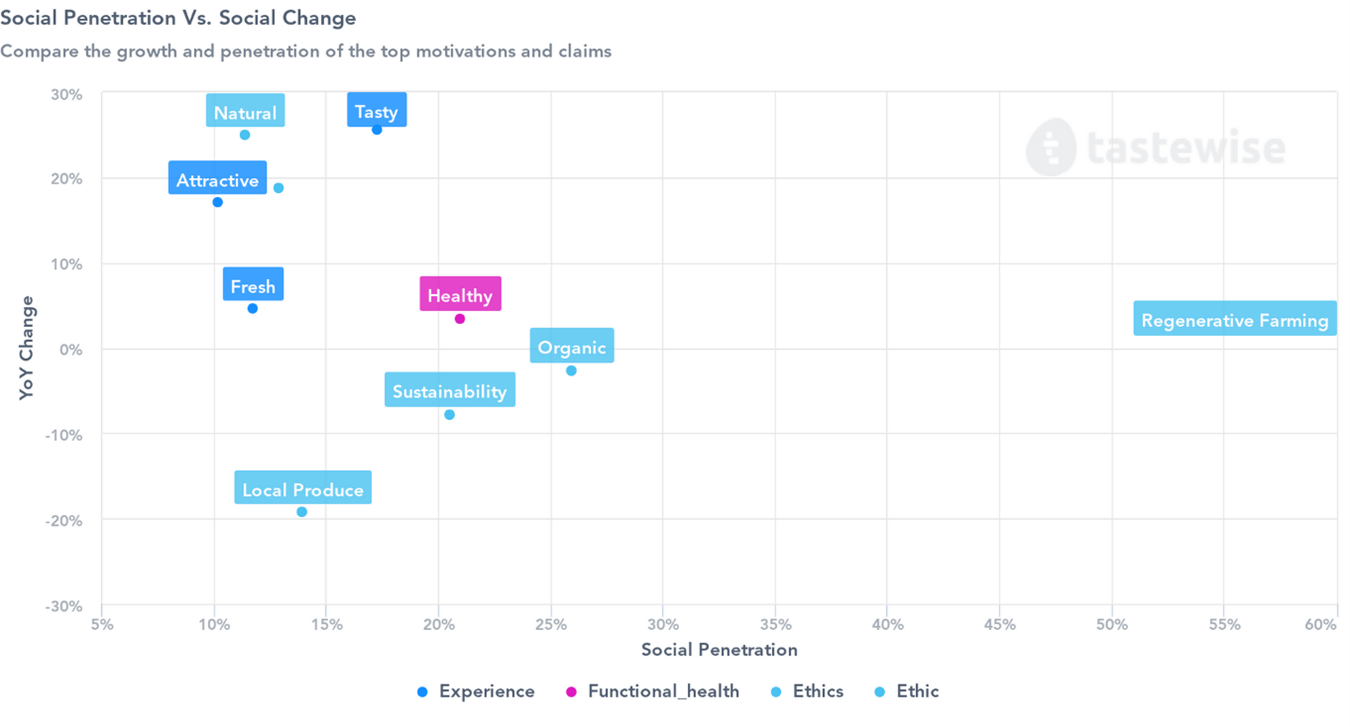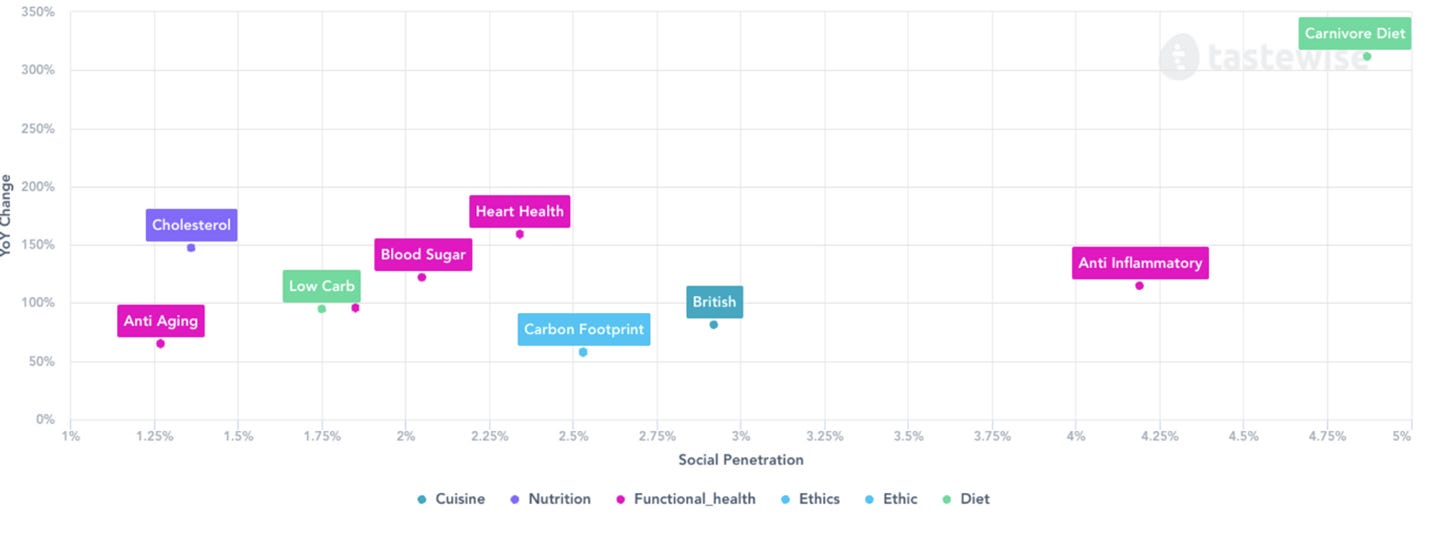The Past is the Place to Go
Life is busy, and not everyone cares to change their relationship with food. Still the data shows that big policies and new markets are working to restore people’s connection with farming.
Taras Grescoe, author of The Lost Supper: Searching for the Future of Food in the Flavors of the Past, (on Substack here) says ‘the past is the place to go’ to find the secrets to human health and happy eating. He refers to the knowledge and expertise in cultivating ancient species and traditional farming practices that have almost gone extinct, together with food’s flavor and nutrition.
In the years since the Green Revolution brought in the tools to allow agricultural intensification using fossil fuel-based crop inputs, population growth has exploded, widening the chasm between humans and where their food comes from. In his book and recent news articles, Grescoe argues that changing our attitudes towards food can improve our lives, and our health.
Introducing 6 Seeds
Brand new agency 6 Seeds, ‘a technology-enabled marketing consultancy and creative ventures business,’ can now validate Gresco'e’s claim with consumer data. 6 Seeds used its AI tool to generate the report below, which shows how regenerative farming has become dominant, appearing in almost 60% of today’s conversations about food.
The horizontal axis: shows each qualifier in terms of penetration in conversations about regenerative farming;
The vertical: reveals that ‘natural’, ‘tasty’ and ‘attractive’ motivate people more now than last year. The terms ‘organic,’ ‘sustainability,’ and ‘local,’ even though they tend to refer to the same things, are declining in use.
The data on regenerative farming also relates to functional health. The next table indicates that in conversations about regenerative farming, modern health concerns around digestion and inflammation are showing up in significant numbers.
Terms like heart health, blood sugar, gut health and anti-inflammatory have not shown up in conversations about agriculture before. The graph below indicates that currently, they are among the top emerging consumer needs, i.e. fast-growing conversation topics that people are sharing around the subject of regenerative farming.
Comparing the story of Grescoe’s Lost Supper with 6 Seeds’ AI reports demonstrates how food stories and new trends are playing out in real time, in the form of actual purchases. It is possible because more farms are following traditional practices, mostly indigenous in origin and that draw on the past, and are keen to share their knowledge and expertise with neighbors and policymakers.
Summary
Ethical agriculture options are available. Even though it can take more effort to find this type of food and to turn into meals, the work is good for us. Thanks to grocery margins, connecting in this way with food can happen now at prices similar to industrial-produced alternatives.
People talk about ‘voting with their dollar for a better food system,’ but most can’t pay a premium to feel good about the impact on society of their choices. Thankfully, the perceived financial sacrifice simply isn’t real.
When people switch from prepared foods to raw ingredients, grocery bills go down.
Locally-raised and processed meat, especially when bought in bulk from nearby farms, is cheaper than big box grocery prices now, in almost all cases except weekly features.




